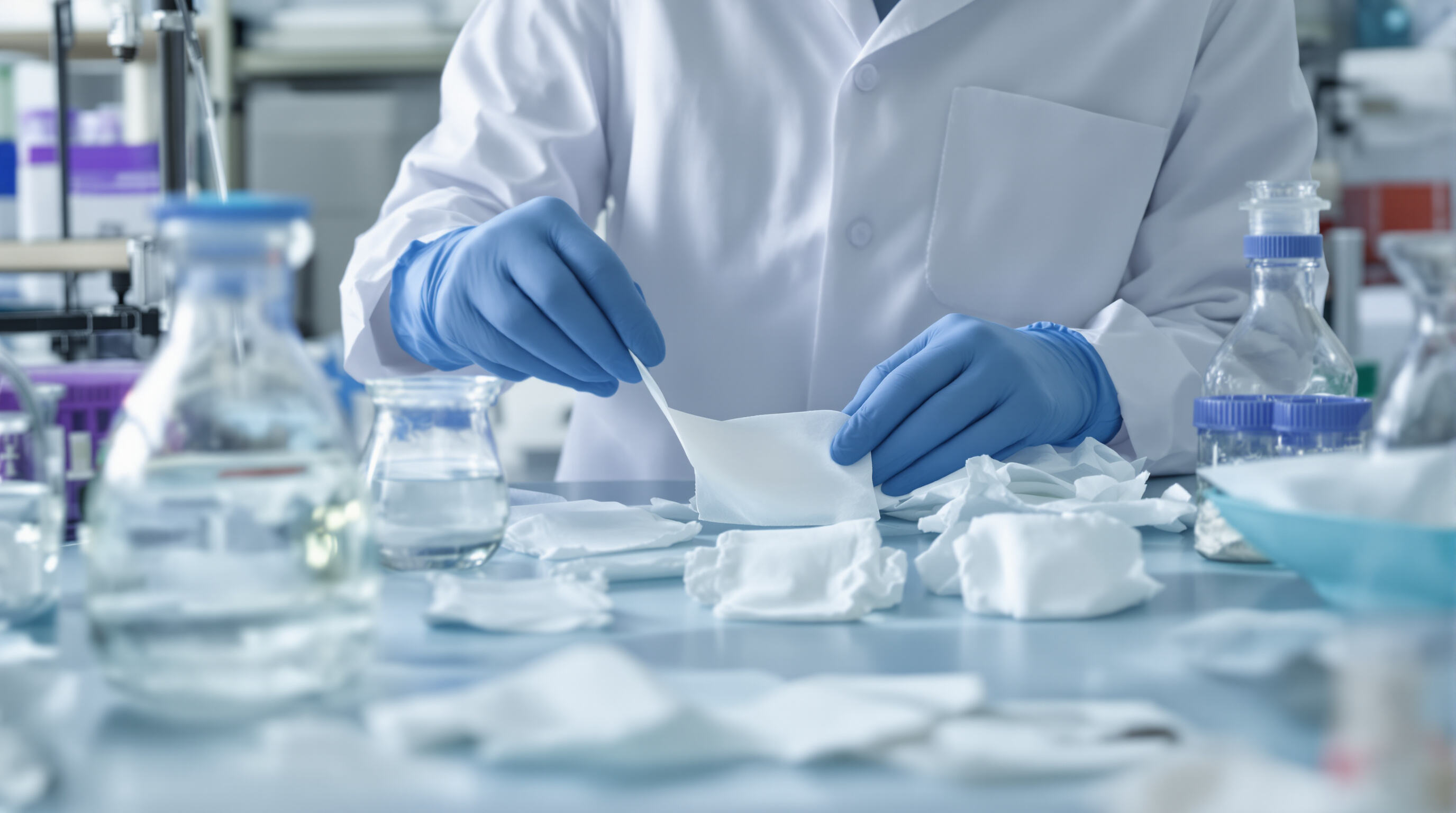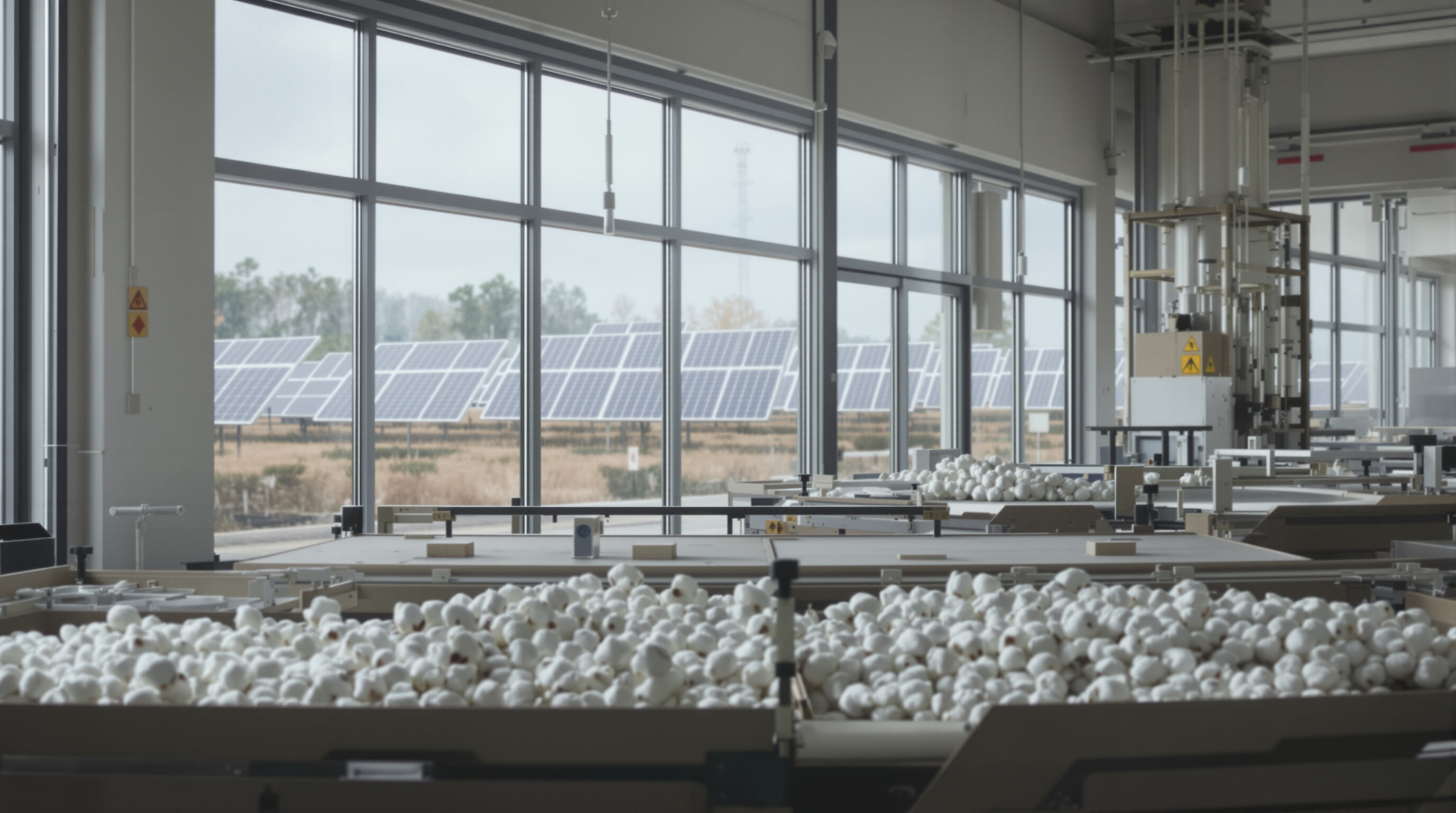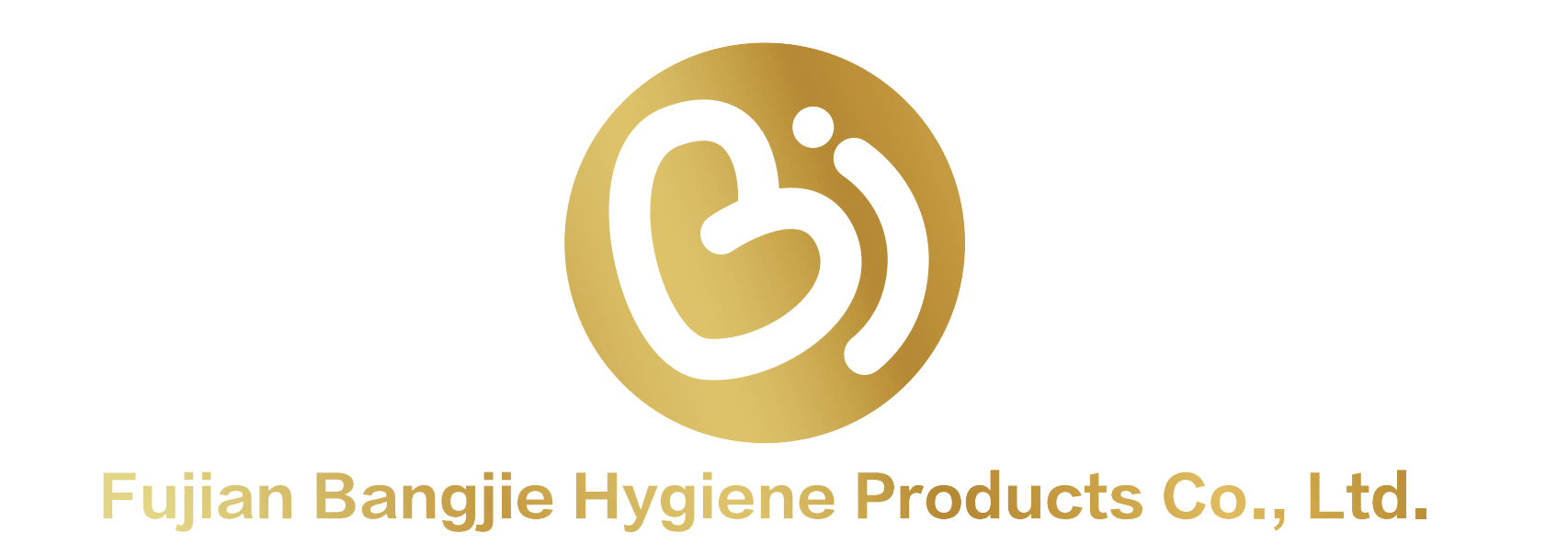Eco-Labels Buyers Check When lImporting Winged Sanitary Napkins
Understanding Key Eco-Labels and Third-Party Certifications for Winged Sanitary Napkins
Global Eco-Labels and Regulatory Standards for Winged Sanitary Napkins
About two thirds of business to business buyers now look for winged sanitary napkins that come with third party green certifications according to Textile Exchange data from last year. When it comes to standards, both EU Ecolabel and ISO 14024 set pretty high bars requiring at least 95% of all parts to break down naturally over time. Across North America we're seeing import companies push harder for products meeting EPA's Safer Choice guidelines. These rules actually prohibit more than 700 bad chemicals from being used in absorbent stuff, something that's becoming a real sticking point for many manufacturers trying to get their products into key markets.
GOTS, USDA Organic, and FSC: What Each Certification Means for Sustainable Sourcing
| Certification | Scope | Key Requirements |
|---|---|---|
| GOTS | Textile components | 70%+ organic fibers, wastewater treatment |
| USDA Organic | Cotton materials | No synthetic pesticides or GMOs |
| FSC | Wood-based packaging | 100% verified sustainable forestry |
GOTS-compliant factories experience 40% fewer chemical-related production delays than non-certified facilities (2023 Textile Exchange Audit Data), reducing supply chain risks.
How Third-Party Certifications Build Compliance and Credibility in B2B Imports
Verified eco-labels reduce supplier vetting time by 62% for medical-grade hygiene product importers (2023 B2B Procurement Survey). Certification bodies like NSF International conduct unannounced facility inspections, a practice 92% of buyers view as essential for long-term supplier trust.
Avoiding Greenwashing: Validating Legitimate Eco-Label Claims for Winged Sanitary Napkins
In 2023, the FTC found that 37% of “eco-friendly” menstrual products failed material composition tests. Importers should verify certification IDs through the Global Certification Registry and require batch-specific test reports from ISO 17025-accredited laboratories to ensure authenticity.
Health and Safety Assurance: PFAS, Toxins, and Lab-Verified Claims

Why PFAS and Chemical Toxins Are a Critical Concern in Winged Sanitary Napkins
PFAS, those so-called "forever chemicals," seem to mess with hormones and can affect the immune system too, at least according to findings from Japan's Food Safety Commission back in 2023. We find these stubborn substances all over the place actually, especially in things like adhesives and moisture barriers. Pretty alarming stuff when looking at recent tests where around 73% of sanitary pads sampled in 2024 had measurable amounts of PFAS present. Now California has jumped into action with their SB 343 law set to ban PFAS from consumer products by next year. This really puts pressure on importers who suddenly have no choice but to dig deep into their supplier networks and make sure everyone is playing by the new chemical rules. The clock is ticking fast here.
Importance of Lab Testing and Transparent Results in Eco-Labeled Menstrual Products
Getting third party lab verification helps separate real stuff from all the greenwash out there. Take NSF/ANSI 395 certification for instance it actually puts hard limits on 23 different toxic chemicals like phthalates and formaldehyde which many companies try to hide. Smart shoppers want to see those ISO 17025 accredited lab reports that show exactly what materials went into making the product plus specific tests for batches looking at nasty stuff such as dioxins. Recent research back in 2023 found something pretty shocking almost half (that's 48%) of items labeled as organic or PFAS free didn't pass when tested independently. That really highlights how unreliable most self proclaimed eco friendly claims tend to be these days.
How Non-Toxic Claims Influence Buyer Trust and Market Acceptance
Business to business customers tend to go for suppliers who have those non toxic certifications like OEKO TEX Standard 100. Why? Because according to the EcoTextile Journal from last year, around 8 out of 10 distributors say there's definitely more demand in wholesale markets when products come with actual lab tested safety info attached. When companies are open about where they source materials from, especially stuff like biopolymer suppliers used in those moisture wicking fabric layers, it cuts down on legal risks and makes sure everything lines up with the EU's SCIP database requirements for tracking chemicals throughout supply chains. And all this transparency actually works wonders for business operations too. Companies that build this kind of trust see their inventory moving off shelves about 26 percent quicker than what happens with products lacking these certifications.
Sustainable Manufacturing and Material Traceability in Eco-Labeled Products

Eco-Friendly Materials and Sustainable Production Practices for Winged Sanitary Napkins
Leading manufacturers use GOTS-certified organic cotton—found in 68% of sustainable products in 2024—and chlorine-free bamboo pulp to minimize environmental impact. Closed-loop water systems reduce freshwater use by 40% compared to conventional production (Textile Exchange 2023), while solar-powered facilities significantly lower carbon emissions.
Role of Traceability Tools in Verifying Eco-Label Authenticity
Blockchain systems and scannable QR codes give importers real-time access to material origins and factory practices. According to a 2023 Ponemon Institute study, digital verification tools reduce compliance disputes by 45%, ensuring claims like “PFAS-free” or “biodegradable” reflect actual manufacturing processes.
Environmental Impact of Certifications: Beyond the Label
Beyond compliance, progressive manufacturers exceed standards through regenerative agriculture partnerships—cutting carbon footprints by an average of 30%—and zero-waste packaging innovations. Third-party audits show that facilities using FSC-certified pulp achieve 22% higher landfill diversion rates than non-certified peers (Circular Economy Institute 2024).
How Eco-Labels Influence Importer Decisions and Supplier Selection
Evaluating OEM Suppliers Based on Eco-Label Compliance and Ethical Sourcing
These days, importers need things like GOTS and FSC certifications if they want to comply with international sustainability rules. According to the Eco-Label Index from last year, around two thirds of business to business purchasers actually check for these third party certifications before even considering a supplier. When companies evaluate where their materials come from, they're looking at stuff like how factories handle their wastewater and what kind of energy they consume during production processes. This fits right into those circular economy ideas we keep hearing about. The reality is pretty straightforward though - suppliers who can't show proper documentation tend to get left out when big corporations send out requests for quotations, especially in places with strict regulations such as Europe and North America markets.
Material Origin Transparency: What Importers Must Verify on Labels and Documentation
When it comes to checking if those eco labels are genuine, importers typically rely on three main pieces of paperwork. First there's the chain of custody certificate for organic cotton, then certifications showing those wing adhesives aren't toxic, and finally reports about carbon footprints that follow ISO 14064 standards. The rise of blockchain technology has made things much better too. Last year alone, material fraud dropped by around 34% because companies can verify recycled materials almost instantly now. And don't forget those QR codes we see on product packaging these days. Scan one and boom! Suddenly anyone can look up where stuff came from and see exactly how much renewable energy went into making it.
The Role of Eco-Labels in Building Brand Loyalty and Long-Term Buyer Relationships
Winged sanitary napkins that carry certifications tend to cost about 21 percent more in business-to-business sales because buyers see them as safer and more environmentally friendly options. According to research from BSR in 2023, around three out of four procurement managers stick with suppliers who keep up with those green label requirements consistently. Take one company for instance they reported doubling their bulk order volume once they got certified both for compostable packaging materials and Fair Trade cotton sourcing. This boost in business came with some perks too longer payment periods and collaborative projects on developing new types of biodegradable products down the road.
FAQ
What are third-party certifications and why are they important for winged sanitary napkins?
Third-party certifications provide credibility and compliance assurance for sanitary napkins by validating eco-friendly and health standards. They help buyers select trustworthy suppliers by ensuring that products meet safety and environmental benchmarks.
Which certifications are particularly relevant for sustainable winged sanitary napkins?
Some key certifications include GOTS for textile components, USDA Organic for cotton materials, and FSC for wood-based packaging. These demonstrate sustainable and non-toxic sourcing, crucial for eco-conscious manufacturing and marketing.
How do importers confirm the authenticity of eco-friendly claims in winged sanitary napkins?
Importers verify eco-friendly claims via the Global Certification Registry and use batch-specific test reports from ISO 17025-accredited labs. Additionally, digital tools like blockchain and QR codes provide real-time verification of material origins and eco-label authenticity.
What is the impact of PFAS on the health safety of winged sanitary napkins?
PFAS are chemicals that can disrupt hormones and affect the immune system. They are termed "forever chemicals" due to their persistence in the environment. California's SB 343 law aims to ban PFAS from consumer products, impacting the importation and manufacturing of sanitary napkins.
Why is it crucial to verify non-toxic claims in menstrual products?
Non-toxic claims need verification to ensure consumer safety and trust. Verified lab reports and certifications like OEKO TEX Standard 100 inform buyers and help maintain transparency, reducing the likelihood of harmful chemical exposure and fostering trust in the market.


